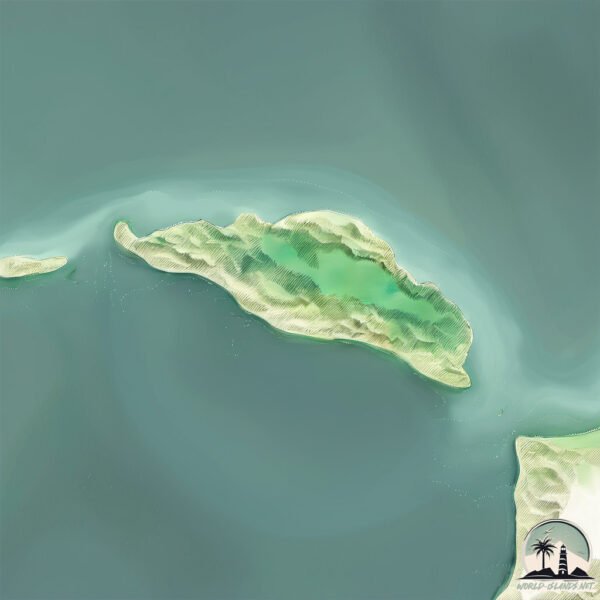Welcome to Eyre , a Dry island in the Great Australian Bight, part of the majestic Indian Ocean. This guide offers a comprehensive overview of what makes Eyre unique – from its geography and climate to its population, infrastructure, and beyond. Dive into the details:
Geography and size of Eyre
Size: 11.2 km²Coastline: 19.1 kmOcean: Indian OceanSea: Great Australian BightContinent: Oceania
Eyre is a Medium Island spanning 11 km² with a coastline of 19 km.
Archipel: –
Tectonic Plate: Australia – A major tectonic plate covering Australia, New Zealand, and parts of the Indian and Pacific Oceans, known for its relative stability and occasional seismic activity.
The geographic heart of the island is pinpointed at these coordinates:
Climate and weather of Eyre
Climate Zone: DryClimate Details: Cold Desert ClimateTemperature: Cold
Climate Characteristics: Similar in dryness to hot deserts but with cold winters. Days can be warm or hot, while nights are typically chilly with common frost occurrences.
Topography and nature of Eyre
Timezone: UTC+09:30Timezone places: Australia/AdelaideMax. Elevation: 4 m Mean Elevation: 2 mVegetation: Mangrove ForestTree Coverage: 95%
The mean elevation is 2 m. The highest elevation on the island reaches approximately 4 meters above sea level. The island is characterized by Plains: Flat, low-lying lands characterized by a maximum elevation of up to 200 meters. On islands, plains are typically coastal lowlands or central flat areas.
Dominating Vegetation: Mangrove Forest
Vegetation: 6 vegetation zones – Very Highly Diverse Island
Infrastructure and Travelling to Eyre
Does the island have a public airport? no .
Does the island have a major port? no .
The mean population of Eyre is 0 per km². Eyre is Uninhabited. The island belongs to Australia .
Continuing your journey, St. Peter is the next notable island, situated merely km away.
Eyre Island, EPA Marine AECR Murat & Eyre Bioregions
The South Australian Environment Protection Authority is including underwater videography in its assessment of ecosystems in ...
Eyre Island, EPA Marine AECR Murat & Eyre Bioregions
The South Australian Environment Protection Authority is including ...
The South Australian Environment Protection Authority is including underwater videography in its assessment of ecosystems in ...
Eyre Island, EPA Marine AECR Murat & Eyre Bioregions
The South Australian Environment Protection Authority is including ...
The South Australian Environment Protection Authority is including underwater videography in its assessment of ecosystems in ...
Australia’s INSANE Inland Sea Plan
Did You Know Australia Almost Built an Inland Sea? Imagine turning ...
Did You Know Australia Almost Built an Inland Sea? Imagine turning Australia's vast, dry deserts into a massive inland sea.
Australia is classified as Developed region: nonG7: Developed economies outside of the Group of Seven, characterized by high income and advanced economic structures. The level of income is High income: OECD.
News – Latest Updates and Headlines from Eyre
Stay informed with the most recent news and important headlines from Eyre. Here’s a roundup of the latest developments.
Please note: The data used here has been primarily extracted from satellite readings. Deviations from exact values may occur, particularly regarding the height of elevations and population density. Land area and coastline measurements refer to average values at mean high tide.

